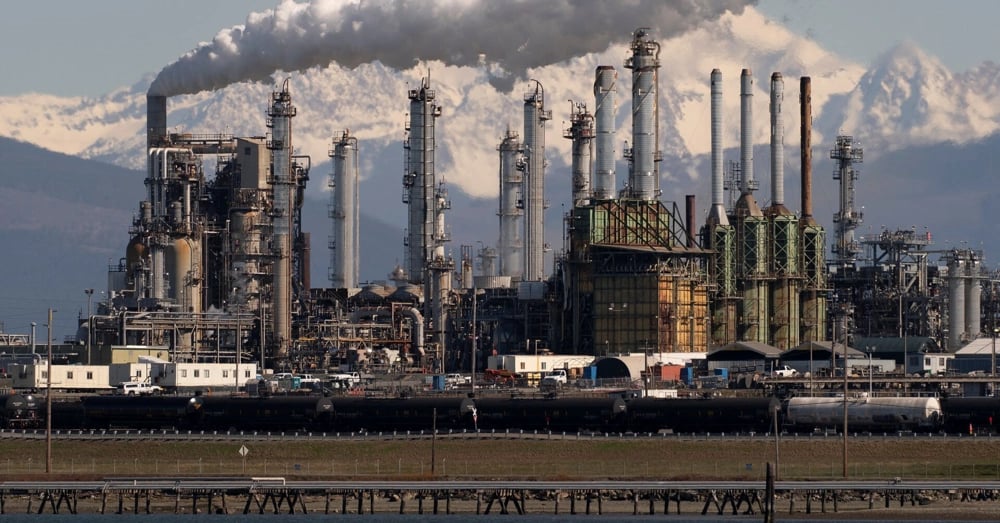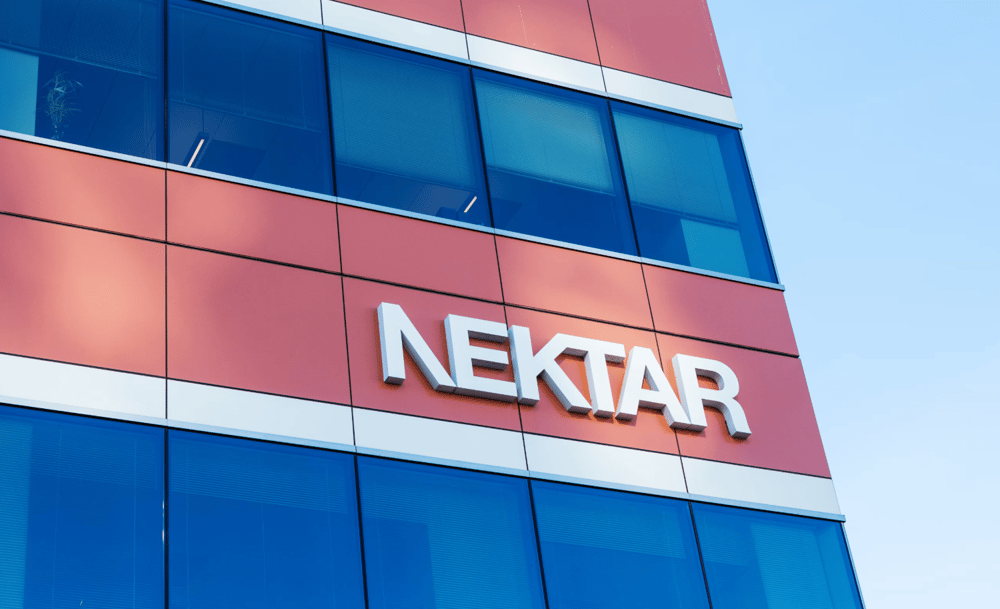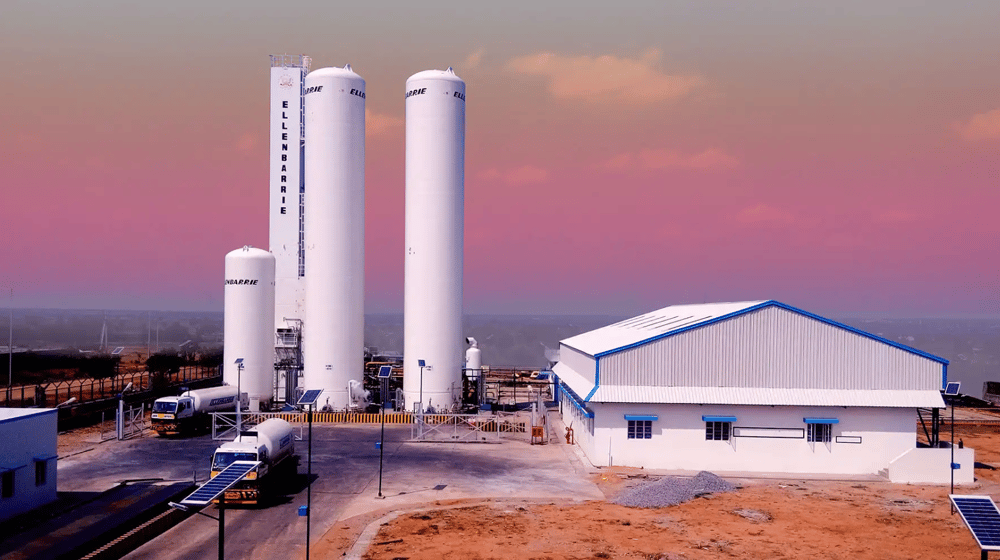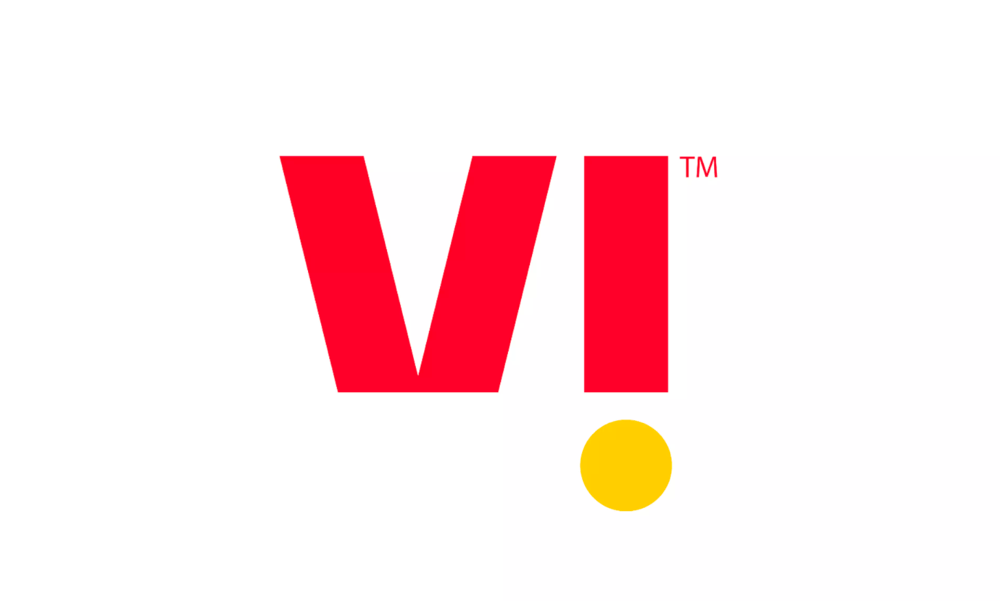AstraZeneca Stands Firm on 2025 Outlook Despite U.S. Tariff Concerns
Pharmaceutical giant AstraZeneca $AZN.L has reaffirmed its 2025 sales outlook, signaling confidence in its long-term strategy even amid potential disruptions from looming U.S. tariffs on EU-manufactured drugs. CEO Pascal Soriot stated that the forecast remains intact—provided any new tariffs imposed by Washington align with those already applied across other sectors.
The comments came during a media call following the company’s first-quarter earnings release, which fell short of analyst expectations. The market response was swift: AstraZeneca shares slid over 4%, underscoring investor sensitivity to both geopolitical risks and quarterly underperformance.
Stability in Strategy Amid Trade Frictions
Despite headwinds, AstraZeneca is taking a measured stance. While acknowledging the risks posed by a trade policy shift, Soriot emphasized that the company’s diversified global operations and innovation pipeline should insulate it from immediate shocks. The firm’s ability to maintain momentum hinges not only on its product portfolio but also on how broadly and uniformly potential tariffs are applied.

Key Pressure Points in Focus
Tariff Uncertainty
The Biden administration’s potential imposition of duties on pharmaceuticals from the EU has sparked concerns among multinational drugmakers, though no concrete measures have been finalized.
Quarterly Earnings Miss
AstraZeneca’s latest financial results came in below analyst projections, with operational hiccups and currency fluctuations cited as contributing factors.
Geopolitical Tensions
With global supply chains increasingly under scrutiny, AstraZeneca’s European manufacturing footprint could become a vulnerability should trade tensions escalate.
Diversification as a Buffer
The company’s revenue streams are geographically spread, with significant exposure to emerging markets and North America helping to offset localized risks.
R&D Pipeline Resilience
Ongoing investments in oncology, respiratory, and rare disease treatments provide AstraZeneca with growth avenues that are less sensitive to short-term political changes.
Strategic Anchors Supporting the Long View
Global Manufacturing Footprint: AstraZeneca’s production capabilities are distributed across several regions, reducing reliance on any single jurisdiction.
Strong Therapeutic Pipeline: Advances in immunotherapy and biologics continue to bolster the company’s reputation for innovation.
Collaborations and Licensing Deals: Strategic partnerships help mitigate risks from local market disruptions.
Resilient Demand for Core Products: Chronic disease treatments and cancer therapies remain in high demand globally.
Cost Management Initiatives: Efficiency programs are helping to support margins amid fluctuating input costs and regulatory shifts.















Comments